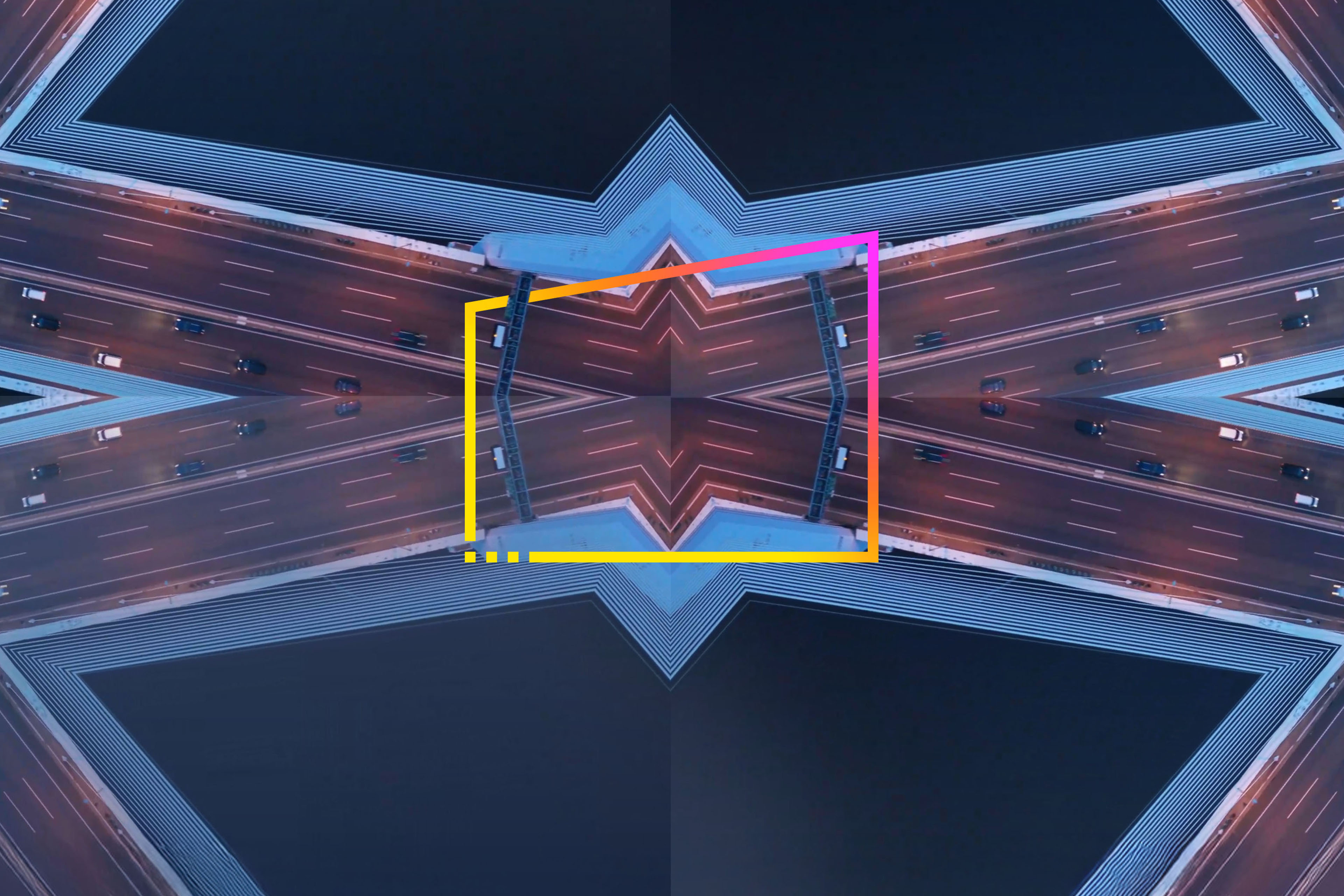EY refers to the global organization, and may refer to one or more, of the member firms of Ernst & Young Global Limited, each of which is a separate legal entity. Ernst & Young Global Limited, a UK company limited by guarantee, does not provide services to clients.

The data challenge created by Pillar Two presents the finance and tax functions with an opportunity to future-proof their data streams.
Three questions to ask
- How will global organizations adapt to the increased reporting obligations as a result of BEPS 2.0 Pillar Two?
- To what extent can the automatic generation of data help these organizations overcome the BEPS data challenge?
- What broader benefits will technology enablement deliver in this area?
Organizations bracing themselves for the new BEPS 2.0 Pillar Two global minimum tax rate face a daunting rise in reporting requirements. This includes generating between 150 and 200 data points – many of which are new. Organizations must understand and implement the detailed Pillar Two reporting process regardless of whether their effective tax rate (ETR) is likely to fall below the new global minimum of 15% because they will either need to comply or show that rules do not result in additional liability.
This increased reporting obligation will require enormous additional resources from multinational enterprises (MNEs). It will also involve a wide range of functions – including tax, finance, human resources and IT – to collaborate closer than ever to create new data-gathering processes. This investment in time, money and effort will be significant, but the companies capable of future-proofing their systems by automatically sensitizing tax data at source are likely to enjoy benefits far beyond the remit of BEPS 2.0 Pillar Two.
The first challenge facing MNEs is harvesting data from a wide range of sources including asset registers, core accounting and forecast systems as well as enterprise resource planning (ERP), human resource and entity management systems. Existing repositories like these are likely to only provide around 50% of the required data points.
The remaining challenges are likely to be more complicated to source because they include data points outside the usual tax and finance sphere. The Pillar Two rules also make it necessary to report on a country rather than entity basis, while various currencies need to be converted into the local statutory currency where the ETR is being calculated. There is also added complexity regarding the different legal definitions of entities between jurisdictions.
Consolidating Pillar Two data from across the business
Albert Lee, EY Global and Asia-Pacific Tax Technology and Transformation Leader, says that MNEs faced with scores of new data points to collect will need to carry out gap analyses, interrogating their systems before they formulate a holistic plan to plug holes. One approach would be to manually calculate or derive missing information using existing data points. While this might work in theory, in practice this retrospective approach would almost certainly be too slow, too expensive and would most likely produce low-integrity data.
“The amount of data and the frequency of reporting required by Pillar Two means that you simply can’t do this data work offline using spreadsheet workarounds. It’s impossible,” says Lee. “If you attempt to do that, you’ll end up chasing your tail.”
Viewed in this way, it becomes clear that Pillar Two reporting is essentially a data challenge that can be best solved through the use of technology and automation. And when tax data is automatically sensitized at source, this not only solves the Pillar Two challenge, it also sets in place the data rails needed to automate a wide range of other tax-related reporting challenges – from tax returns and country-by-country reporting (CbCR), to total tax contribution figures, which are likely to feature in nascent ESG reporting.
Sveinung Baumann-Larsen, EY EMEIA Tax Technology and Transformation Leader, points out that the Pillar Two challenge cannot be tackled successfully without closer integration between finance and tax. This is because tax data is usually generated within the finance function, he explains, and so, in order to sensitize tax data at source, it is necessary to embed tax calculations into level two and three financial accounting processes. This enables the master data to flow downstream so that it can then be extracted for reporting purposes.
To add to this complexity, many companies may also need to develop two processes around Pillar Two – one for quarterly forecasting based on the concept of materiality and a second based on compliance. These parallel processes raise issues around reconciliation.
The role of ecosystem applications
Rather than taking the risk of trying to change existing mission-critical IT systems, Baumann-Larsen says that ecosystem applications, which sit on top of data warehouses, accounting, consolidation and planning systems, are highly effective at calculating, allocating and enriching critical tax data. This sensitized tax data is then posted back to the accounting system, or into a data warehouse, to ensure auditability.
“A lot of people believe that the tax function is accountable for the execution of this reporting, but it’s not,” explains Baumann-Larsen. “The tax director’s role is to ensure that the head of the accounting and finance function understands the requirements of BEPS 2.0 and embeds these requirements into their financial procedures and systems. The tax function is more of a gatekeeper which defends the company’s position when it comes to reporting.”
Due to the cost and complexity involved, companies rarely embark on digital transformation programs purely for tax reasons. The tax reporting challenges created by BEPS 2.0, however, are so exceptional that they give organizations already engaged in the transformation of their finance, commercial, procurement and/or operations functions a compelling business case to go one step further and sensitize their tax data at source.
“The drive for BEPS compliance gives us an opportunity to create a more integrated and intelligent finance and tax function,” Lee says. “If you fix the upstream data and create a data consolidation platform, the benefits will extend beyond BEPS 2.0 and enable organizations to automate and future-proof all sorts of tax- and finance-related reporting.”
The next steps towards Pillar Two compliance
With Pillar Two go-live expected to take place during 2024, Lee says MNEs should waste no time designing their tax reporting policies. The following steps will help inform this process:
- Perform a high-level calculation, adopting a risk-based approach to country-by-country tax modeling to ascertain if operations in individual jurisdictions fall below the minimum ETR and are liable for a top-up tax. This should be an iterative process, with countries more likely to fall into that category coming first.
- Carry out a gap analysis, interrogating existing systems to determine which data points are already available and which need to be generated.
- Identify the appropriate way to sensitize new data points at source.
- Take the opportunity to sort out tax systems by creating a comprehensive roadmap and business case.
Summary
The increased reporting obligations for multinational businesses created by Pillar Two will require them to pull resources from across the organization to gather and sensitize the correct data at source. While this is an additional requirement it also presents an opportunity to future-proof their data systems and transform the tax and finance functions.
Related articles
Why BEPS 2.0 needs consistency, coordination and certainty
The G20 must lead – and consider input from businesses – to make tax transformation workable for all. Learn more.
How businesses can cope with rising tax controversy around the world
This episode of Tax and Law in Focus explores the rising tide of tax risk and controversy, and three EY thought leaders explain how multinational companies can cope.





